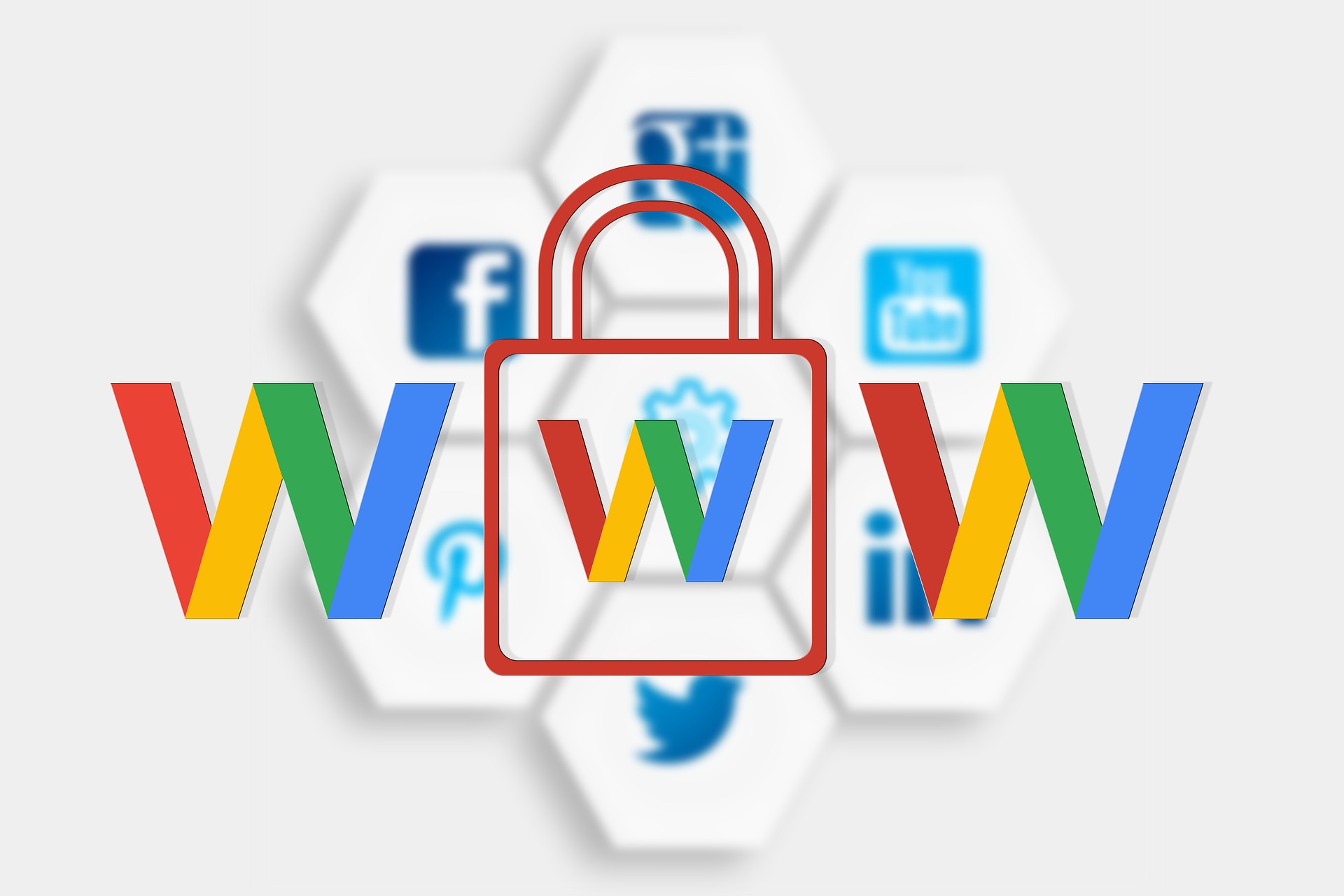Keep Your WordPress Website Secure in Cyber Space
WordPress itself is designed to keep your website safe, but there is always more you can do to protect it yourself and your livelihood. The minute you let it slip your mind, you are compromising your online presence.
In an ideal world, your WordPress site is already completely secure. In order for that to be really true, there are a few factors that need to be in place. First, you must have your WordPress completely updated. WordPress is constantly creating and publishing updates, bug fixes and security improvements to protect you. However, they are of no use to you if you don’t have the most up to date version of WordPress. Even with a fully updated WordPress site, you should keep in mind that there is no such thing as a perfectly secured site. If your site is online, there is always a risk. Most security issues are caused by external factors, such as user inexperience, unsecure servers, maintenance from unsecure WIFi or compromised computers and badly coded 3rd-party plugins and themes.
The most common end goals of cyber attacks, in general, is to misuse sensitive financial data or a person’s identity online. That can be done in several ways:
1) Data breach – Online business data consists of people’s payment credentials, but also their personal health information, intellectual property and so much more. Once breached, these huge amounts of information can be abused directly or sold on the black market.
2) Brute force attacks – They are executed by programs which attempt to guess users’ credentials by trying out as many combinations as possible. Many people use actual words in their password, which is why hackers have invented the so-called dictionary attacks. There are also reverse brute force attacks, where a single password is tested against as many usernames as possible.
3) Ransomware – It is a form of malware that hijacks a database or a system, either to encrypt it and make it worthless to the user or to lock it down so the user cannot access it – until they pay a ransom. Of course, there is no guarantee that even paying ransom will help the victim restore their possession.
4) Backdoors – Typically, a backdoor attack is a malware that enables an unauthorized entrance to a computer system, not by fighting or manipulating the security measures, but by bypassing them altogether. There are no smoking guns or traces that an evil act has been committed, which makes backdoors especially hard to discover.
5) Phishing – A form of manipulation where the hacker pretends to be a trustworthy source. They may even clone a regular website or an email in order to appear harmless and legitimate. The point is to trick you into performing an action – enter sensitive information or click on an attachment that contains and immediately executes malware.
6) Defacement – It is not always done for nefarious reasons. Hackers sometimes do it just for fun, to stroke their omnipotent egos, or to test their skills on a playground, practicing for something bigger. By breaking into a server, the hacker can change the looks or content of the targeted website. It often happens via SQL (code) injections.
Since most security risks are preventable, here some tips on how you can reduce your security risk.
1) Secure Hosting – It is incredibly important to host your website on a secure server. In terms of server security, you get what you pay for. Avoid discount or “cheap” web hosting such as Shared Hosting, where multiple sites are sharing the same server space. If your websites are sharing hosting with many other sites, your site will be vulnerable to attacks coming through every site that shares the same server. Consider Dedicated Hosting for your sites, so the security of your website is not dependent on the security of your neighbors.
2) Password Strength – The use of strong passwords cannot be stated enough. WordPress sites are designed with a simple way to log in which makes them incredibly user-friendly, but also leaves them open to blunt attacks where hackers try to break weak passwords. WP has a feature that will tell you the strength of your password as you create it, so you can be assured of its strength. When choosing a password make sure that it is a random combination of letters and numbers. The more random you make it, the more secure it will be. If you think there is any possibility that your password has been compromised, or if you have recently shared your password for any reason, don’t hesitate to create a new one.
3) Plugins – WordPress sites can be greatly improved by the various plugins available to you on the marketplace. They can provide features and customizations across a broad scope of functions. The use of plugins is essential and encouraged on WP, but for security purposes, you need to consider the quality of your plugins by considering a few factors. Are they current with latest version of WordPress? Look for positive ratings and feedback, as well as signs of active support.
4) Continuing Education – If you know what you are doing as opposed to guessing, you will ensure that things are done properly. Educate yourself as much as possible to gain an understanding of how WordPress works. This is the best way to make sure everything is secure and there are no vulnerabilities in your website.

